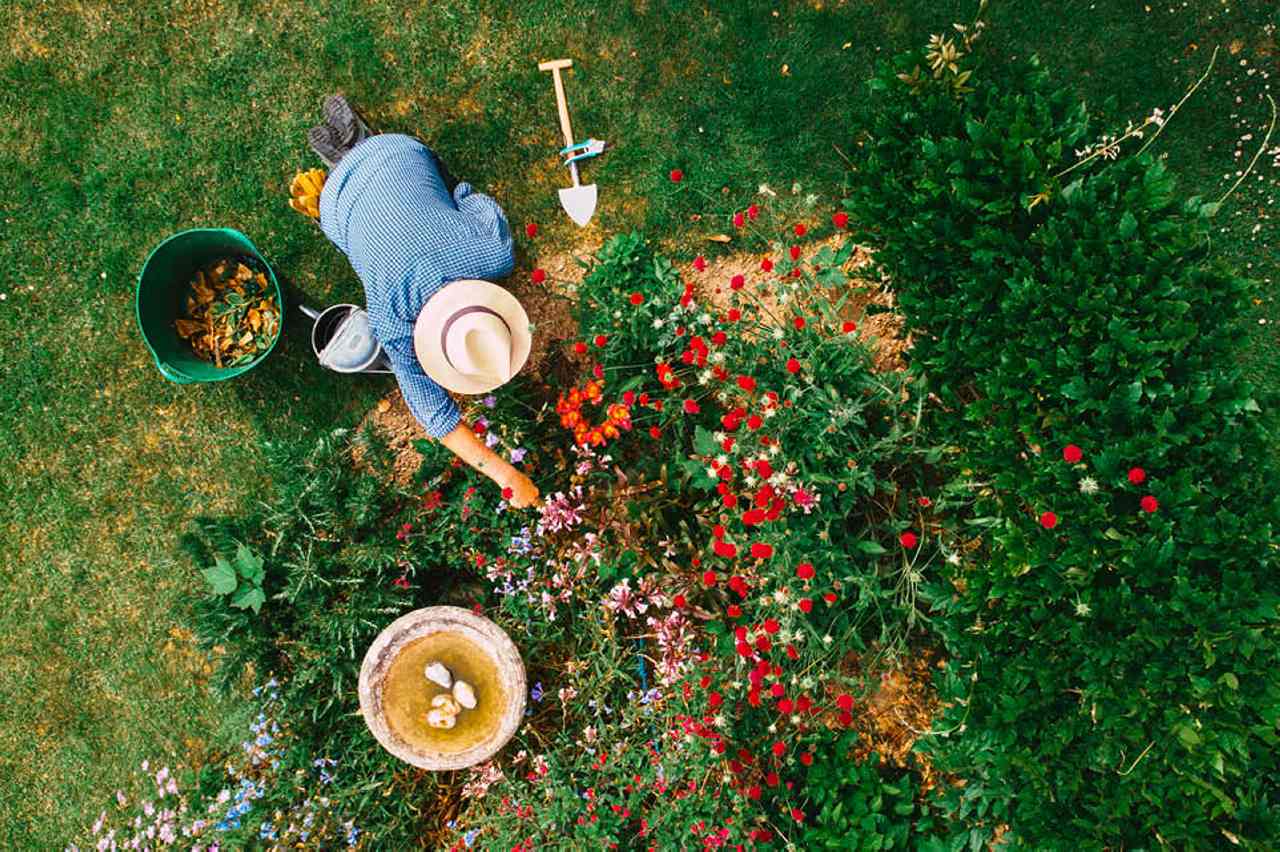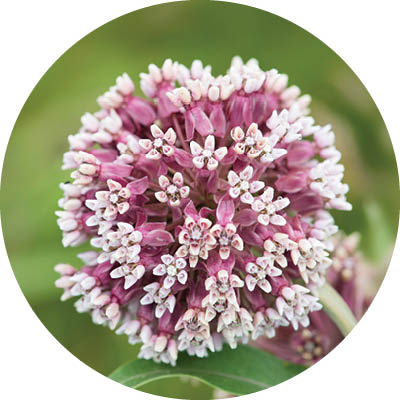The key to a lasting, Earth-friendly yard or yard is to discover to believe like your bordering indigenous ecological community.
That could seem like an uphill struggle, however it actually simply needs you to open your eyes and ears.
” This procedure of believing like an ecological community indicates just gaining from nature, attempting to duplicate it as finest you can, and discovering methods to execute those procedures in our yards in your home,” states regenerative natural garden enthusiast Emily Murphy, writer of Expand Currently: Exactly How We Can Conserve Our Wellness, Communities, and World– One Yard at once
Whether you have a tiny spot of turf, a large, large backyard, or perhaps a container yard adorning your apartment or condo, these 6 horticulture strategies can help the atmosphere and assist respond to the environment situation.
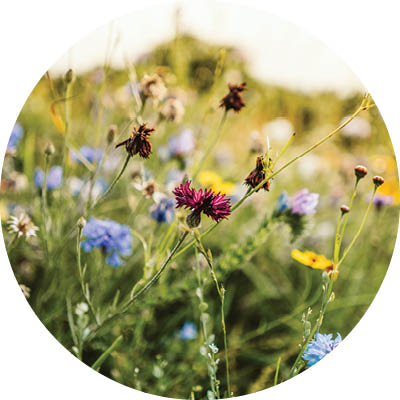 1) Advantages and Alternatives to No-Mow May
1) Advantages and Alternatives to No-Mow May
No-Mow May was an effort that started in England in 2019 to motivate individuals to stop cutting for a month to produce environments for pollinators. Although the concept has great purposes, a lot of American grass are made up of non-native turf, which does not bring in pollinators anyhow. Enabling turf to expand to seed supplies cover for intrusive weeds to prosper, consisting of dandelions, sneaking Charlie, and sneaking bellflower, which may, in the long run, cause even more use chemical herbicides.
The effort does have advantages, however. “It assists us to take into consideration allowing a bit of wildness right into our lives and reenvisioning a wild yard as a stunning yard,” states Murphy. And it might motivate you to take into consideration that your yard can be smaller sized — or come to be a wildflower field or an indigenous yard.
There are myriad methods to produce a real no-mow backyard. Preserving a yard needs water, job, and mowing, which usually consists of nonrenewable fuel sources to run lawn mowers. Expanding indigenous turfs or sedges is a choice; they add to biodiversity, produce environment, and minimize carbon exhausts from gas-powered mowing.
A sedge is a grasslike indigenous plant, such as the category Carex, which expands well in numerous areas, discusses gardener Kelly D. Norris, writer of New Naturalism: Creating and Growing a Resilient, Environmentally Lively Home Yard You might still require to trim however considerably much less than with grass– maybe simply “as soon as to a number of times a period,” Norris states.
 2) Assistance Pollinators With Indigenous Plants
2) Assistance Pollinators With Indigenous Plants
Pollinators are the , butterflies, bats, and birds that bring plant pollen from male to women plants to help fertilizing or spread plant seeds; without pollinators, a lot of plants would not endure. However their survival is under danger as well: “The most significant issue for pollinators is environment loss,” discusses Rhonda Fleming Hayes, Expansion Master Garden enthusiast and writer of Pollinator Friendly Horticulture: Horticulture for Bees, Butterflies, and Various Other Pollinators
Producing environments and food resources by expanding indigenous plants, hedges, and trees is a very easy method to help and advocate pollinators. Indigenous plants are those expanding normally in the area where they advanced, creating an ecological community with indigenous pests and birds.
” If you see , birds, or butterflies gathering together around particular plants, take a photo of the plant with your phone and after that take that to your neighborhood baby room and ask what type of plant it is,” recommends gardener Noelle Johnson, writer of Dry Environment Horticulture (For a lot more on gardening with indigenous plants, see “Exactly how to Yard With Indigenous Plants.”)
The cycle of expanding indigenous plants and bring in pollinators can occur as promptly as one expanding period, states Murphy.
3) Include Keystone Plants
Vital to the ideal feature or framework of their ecological community, keystone plants influence the wealth and variety of the pests that feed and cross-pollinate an ecological community.
An instance of a typical keystone plant is milkweed, which is important for all type of pollinators however is particularly essential to majesty butterflies, discusses Murphy. Indigenous are likewise keystone types: They are important for proliferation of neighborhood plants and can cross-pollinate approximately 3 times a lot more effectively than bumblebees.
” All keystone plants are indigenous plants, however not all indigenous plants are keystone plants,” she keeps in mind. “The concept behind growing keystones is that we’re sustaining biodiversity and bring back biodiversity to our individual landscapes, our yards, and cityscapes.”
Plant keystones in your yard, or if you reside in an apartment or condo or have actually restricted room, expand them in containers.
If you have a big landscape, and oak trees are belonging to your location, plant one. Oaks are keystone types to particular areas. “Oak trees can sustain upwards of 2,300 various types amongst simply that a person tree,” Murphy states.
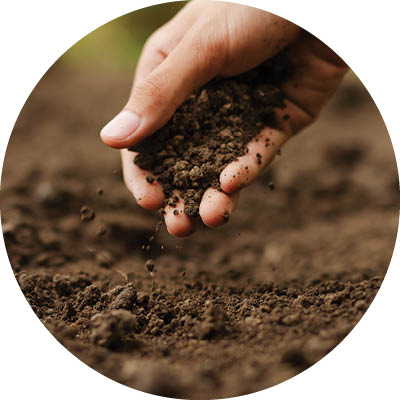 4) No-Till or No-Dig Horticulture
4) No-Till or No-Dig Horticulture
Tilling dirt– excavating deep and transforming the dirt over– was as soon as the very first step before growing. However similar to our expanding understanding of human microbiomes, there’s a brand-new understanding of the significance of fungis, microorganisms, and nutrients in keeping dirt wellness and developing a cooperative connection with the plants you expand. (See “Exactly How Dirt Wellness Is Linked to Human Being Wellness– therefore A lot more” for even more on the significant effect these bacteria carry human nourishment and wellness.)
” No-till or no-dig horticulture is just the procedure of disrupting the dirt as low as feasible,” discusses Murphy. No-till assists preserve dirt framework and the bacteria’ environment; preserves dirt dampness; and decreases dirt compaction, disintegration, and astonishingly, weeds.
” No-dig horticulture safeguards the dirt biome– the microorganisms and various other life kinds that call the planet under our feet home,” she states. “When we sustain life underground, we sustain life over ground, including our yards and the site visitors we wish to motivate.”
Brand-new study discovers that minimally relocating the dirt is much better for the atmosphere as well: It enables the dirt to withdraw carbon as opposed to launching it right into the environment. And also, this approach does not call for a rototiller or the gas to power it.
Maybe most importantly, no-till decreases weeds, because weed seeds aren’t disrupted and given the surface area to expand. According to Murphy, “there are a thousand or even more weed seeds in every square foot of land waiting on the appropriate problems to expand, and when we till them up towards the surface area, we boost their opportunity for success.”
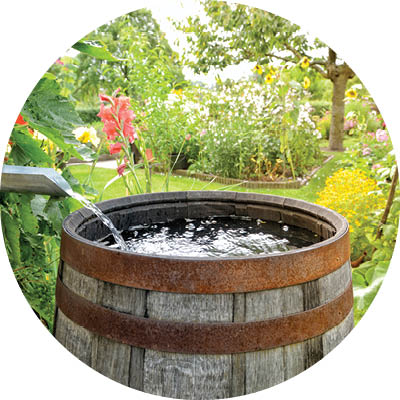 5) Water Preservation
5) Water Preservation
Lawns and yards call for great deals of water, however there are sustainability strategies that can minimize sprinkling demands. Preparing dirt with garden compost prior to growing is just one of the most convenient, Murphy notes. “The even more raw material kept in the dirt, the far better possibility our dirts have for holding that dampness.”
Gardening with indigenous plants is an additional. Citizens require much less water than grass do– and can endure dry spells far better than non-natives.
Dry landscape design, likewise referred to as xeriscaping (” xeri” stems from the Greek word for “completely dry”), is an approach that concentrates on making use of indigenous plants that are drought-tolerant or do not require much water. “Xeriscaping is basically expanding a yard that is water-wise by expanding plants that call for really little water,” she discusses.
Producing a rainfall yard can permit you to gather rain and minimize overflow and disintegration– in addition to avoid it from penetrating your home’s structure. “A rainfall yard is a terrific little location where we hang on to rainwater and permit it to penetrate the dirt and water our plants,” discusses Johnson. “It maintains water from streaming away as well promptly– and reduces water utilize in the yard.”
A rainfall barrel is an additional method to conserve rain straight from the skies or as overflow from your roofing system and seamless gutters– and you can save it for whenever you require water in your yard. If you reside in a completely dry environment or wish to minimize your water expense, a rainfall barrel can promptly spend for itself many thanks to the water you conserve.
 6) Beginning Composting or Vermicomposting
6) Beginning Composting or Vermicomposting
Composting is the procedure of damaging down natural product– such as natural scraps from the cooking area, backyard trimmings, and leaves– to produce a healthy enhancement to construct dirt wellness.
Making garden compost needs a blend of carbon- and carbohydrate-rich “browns” (autumn leaves, yearn needles, branches, and bark) and nitrogen- and protein-rich “environment-friendlies” (create scraps and turf trimmings). Merely stimulate to help in the decay procedure. (To begin composting, see “Exactly how to Beginning Composting.”)
Vermicomposting relies upon worms to damage down raw material. Worms penetrate your food scraps, absorb them, and after that secrete them, leaving a very focused natural product for your plants and dirt. There are lots of premade worm containers offered.
” Any person can worm garden compost,” states Murphy. “It is among the far better locations to begin, particularly if somebody is apartment or condo living or has a tiny room with youngsters.”
This write-up initially looked like “The Lasting Backyard” in the March/April 2024 problem of Experience Life.


